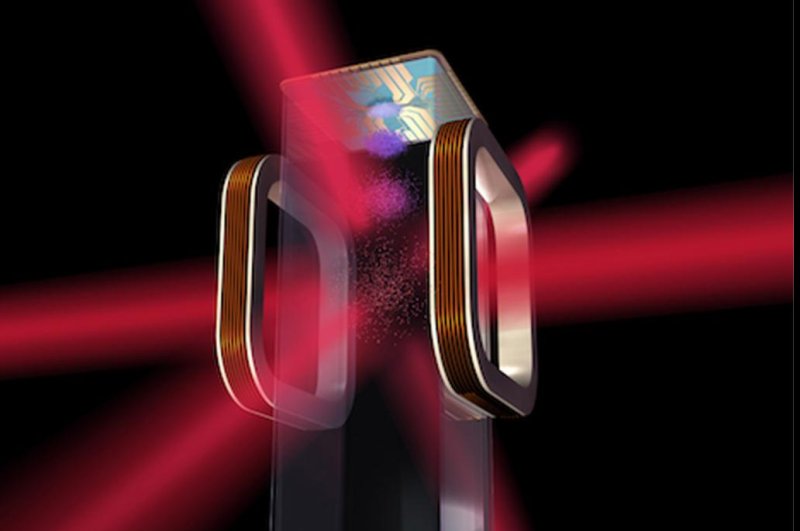March 8 (UPI) -- The International Space Station will be home to the coldest place in the universe this summer after NASA scientists conduct experiments in a chamber that cools temperatures to near absolute zero.
NASA's Jet Propulsion Laboratory at the California Institute of Technology announced a plan Wednesday to send up the agency's Cold Atom Laboratory, an ice-chest sized box that can lower its internal temperature to within one-billionth of a degree above absolute zero, the temperature at which all atomic motion stops.















